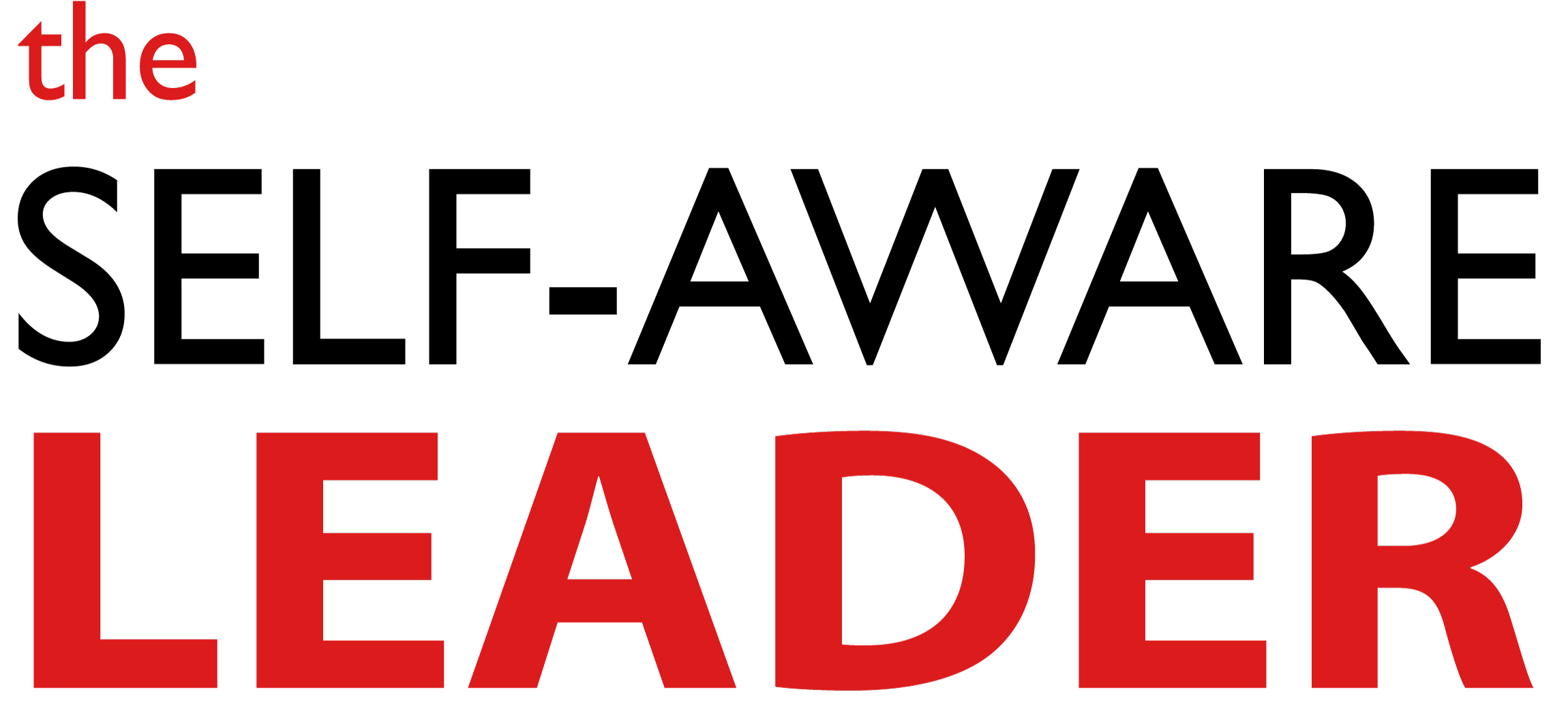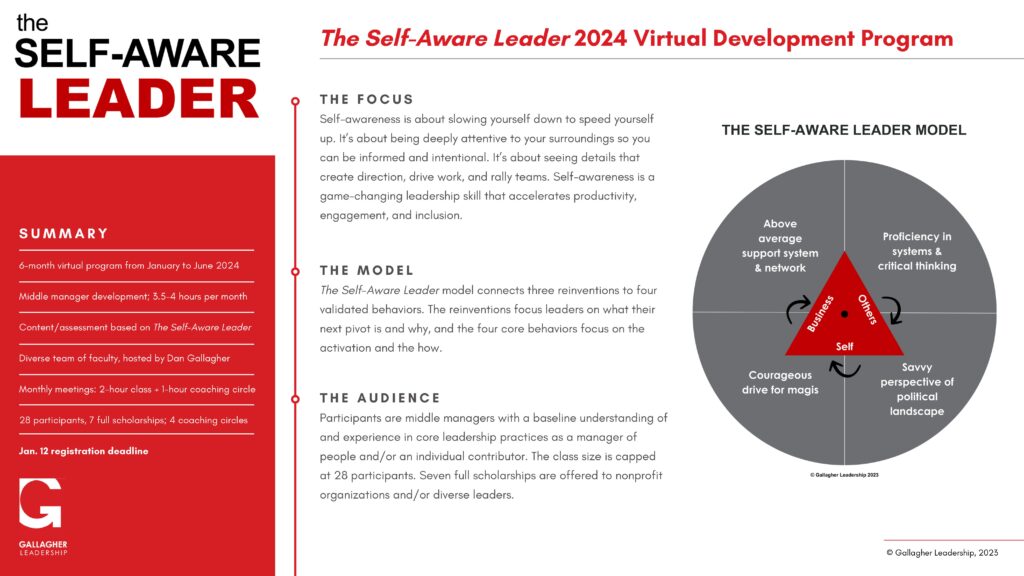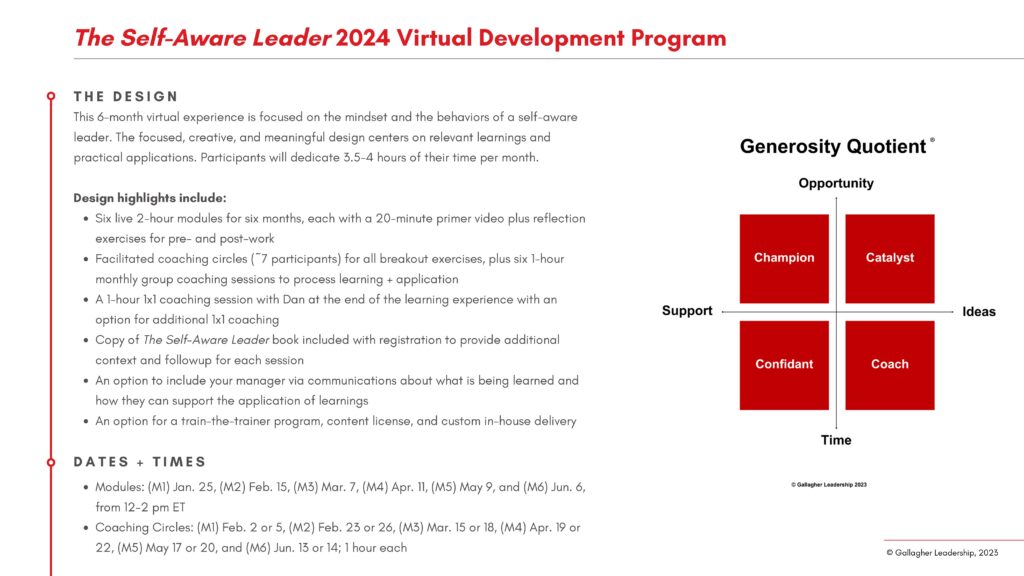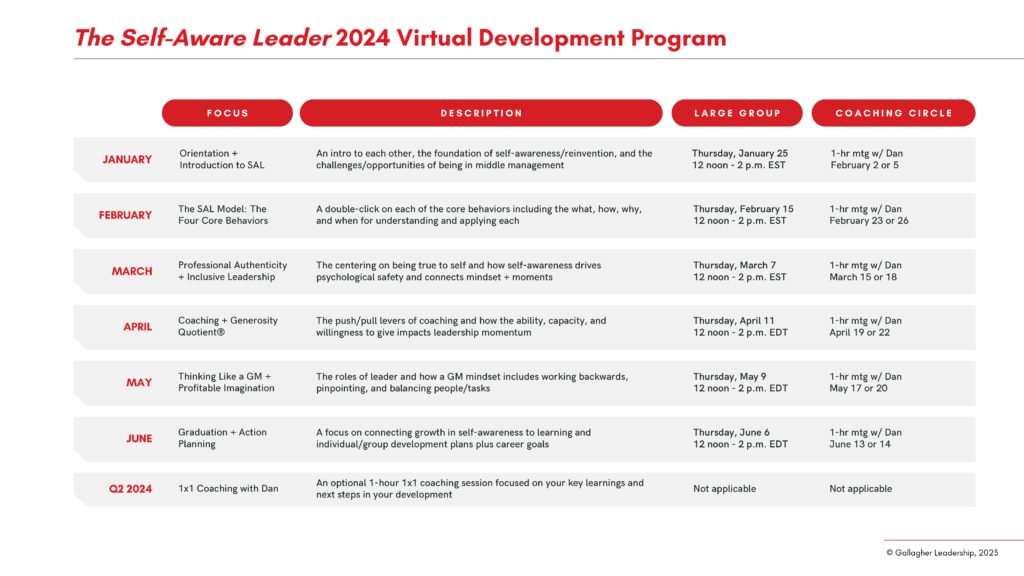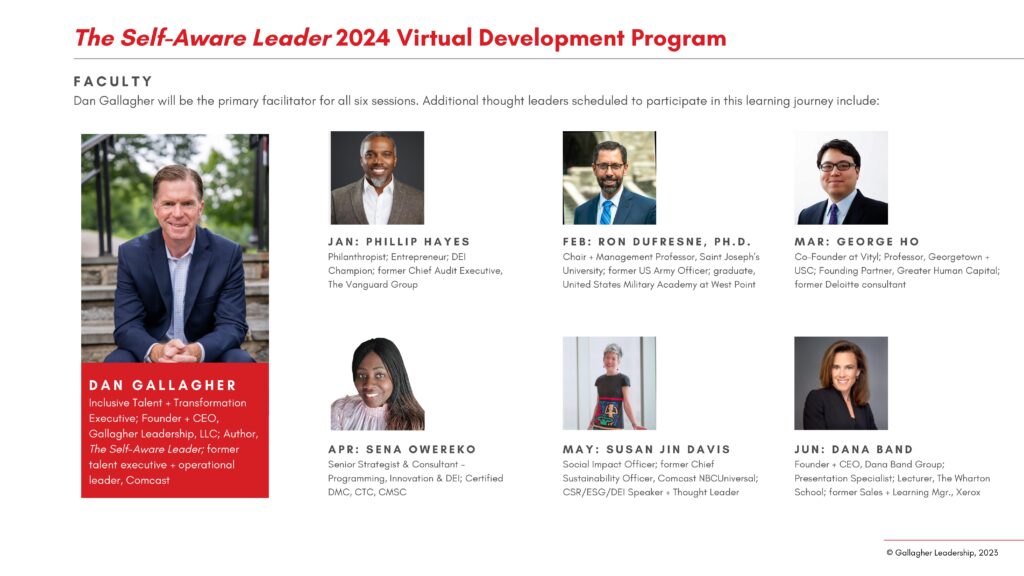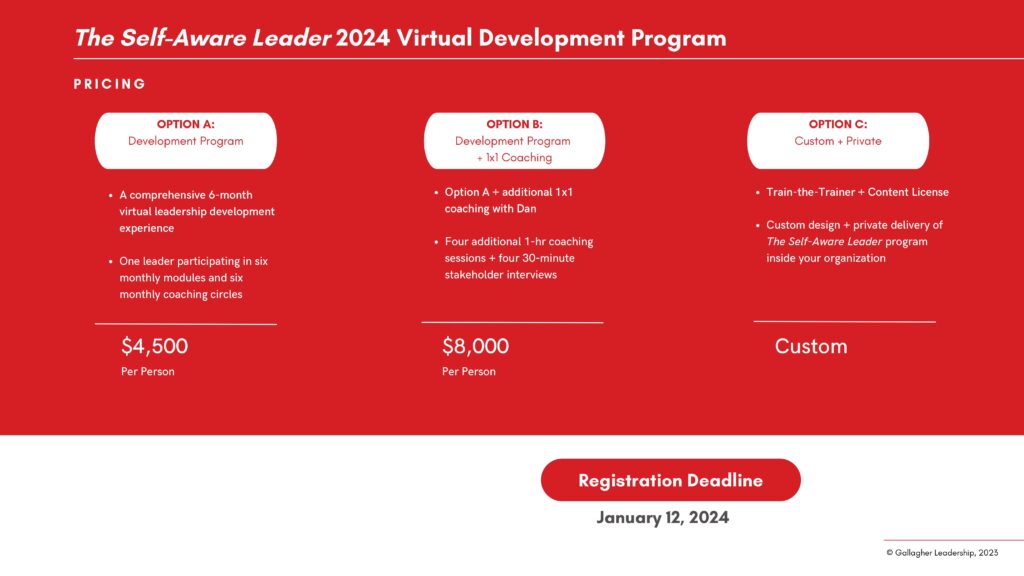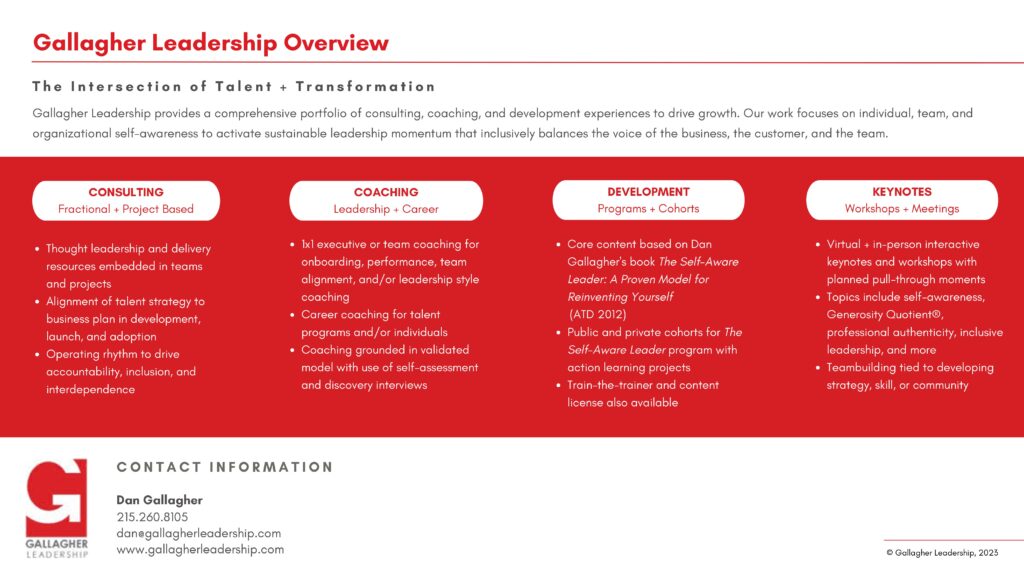Some of my best teammates at work were former college athletes. Call it a bias, but as the former college mascot, I was convinced there was a pattern. So many of them shared common traits: a stronger willingness to hustle, a more holistic respect for teams, and a deeper commitment to fine tuning muscles/skills.
As a father of four sons, I have spent very close to Malcolm Gladwell’s required 10,000 hours coaching youth sports teams to get me to that tipping point. Over the years I have learned a lot, and I have shaped those learnings into a model that helps younger athletes understand other younger athletes.
Whether it was a winning team or a losing team, a high-level club team or a simple recreational team, this model kept playing out. The model is simple, in sports there are three different kids you will play against:
- First, athletes who play to play; they want to have fun and make friends along the way.
- Second, athletes who play to win; they keep score and want to make the playoffs.
- And finally, athletes who play to crush; they want to dominate and take your lunch money.
As I’ve introduced this thinking to others, they can nicely fit athletes they know into each of the three buckets. Important to note, however, is this label is about how they show up in sports competitions and may or may not be how they operate outside of that. It doesn’t define them as good or bad.
The root of all this was their hunger to compete and their definition of winning. As a sports coach, I’ve shared that this level of focus comes from within. As a father, I’ve shared it’s about setting goals and balancing that with what brings you joy. It’s really a pattern of how people showcase their superpowers.
This play to play/win/crush model absolutely does cross over to how we work in the professional world.
Earlier in my career, I thought I had to out-hustle, out-smart, and out-perform the people around me to get ahead and win. While there is some truth to that, I quickly realized that this approach doesn’t always create followership or promote collaboration.
Thanks to mentors, managers and being kicked in the shins, I adjusted — and that’s when I saw more momentum in my productivity, my influence, and my career. My reinvention was about reframing what winning meant.
There’s a reason so many kids drop a sport at age 12. There’s a reason so many founders of start-ups end up abandoning them. There’s a reason why some people stay at the same organization for twenty years. There’s a reason why certain sales reps will drive incredibly hard to bulldoze a quota. It’s about what their superpower is, what brings them joy, and what their goal is.
Growth demands reinvention! Self-aware leaders reflect on those levers (superpowers, joy, and goals) and align them with how they want to play. That’s the power of being intentional.
